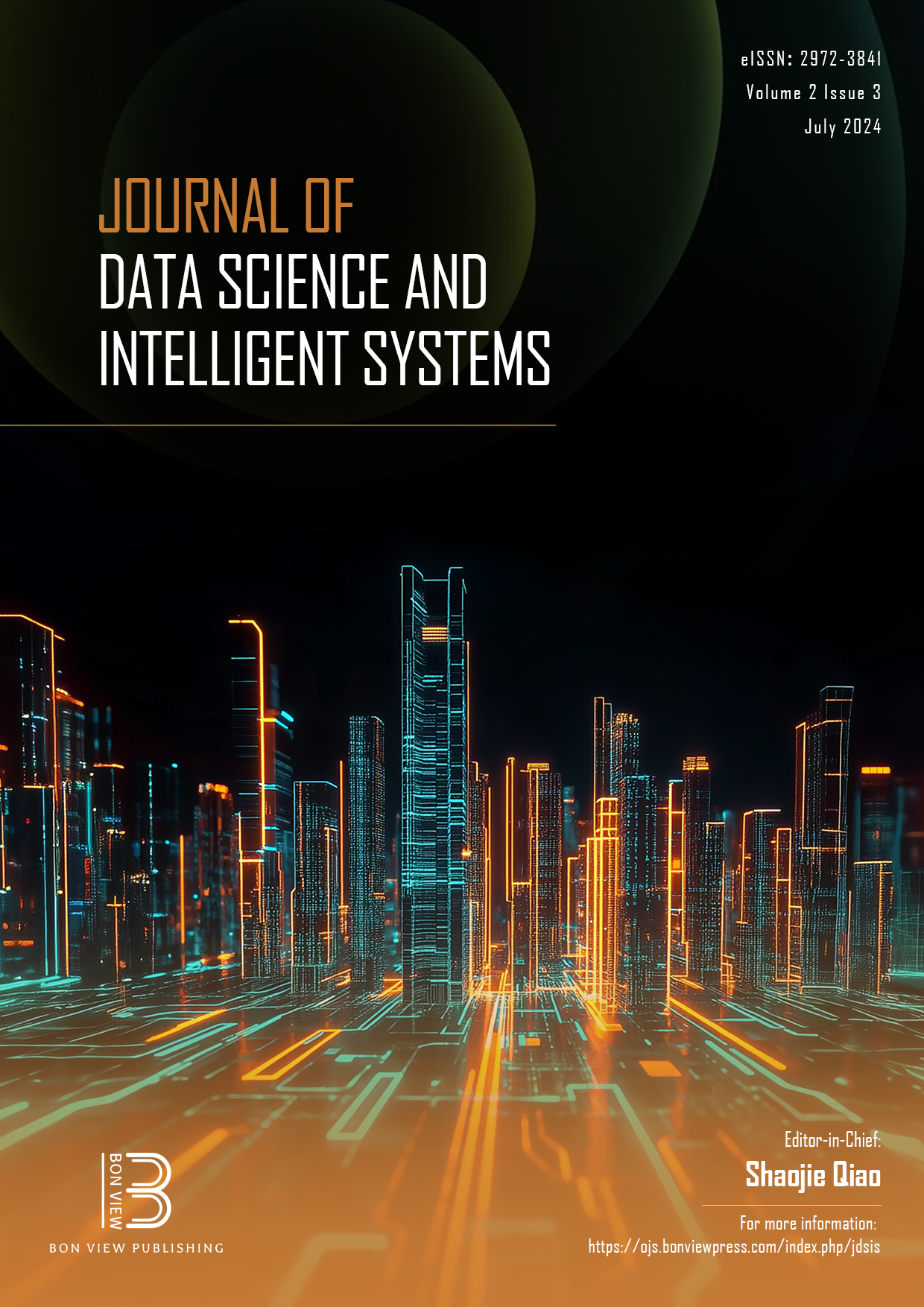Intra-annual National Statistical Accounts Based on Machine Learning Algorithm
DOI:
https://doi.org/10.47852/bonviewJDSIS3202870Keywords:
ANN, Australia GDP, ML, temporal disaggregationAbstract
The methods used for forecasting financial series are based on the concept that a pattern can be identified in the data and distinguished from randomness by smoothing past values. This smoothing process eliminates randomness from the data, enabling the inherent pattern to be used for forecasting. However, acquiring high-frequency national accounts data can be challenging, and complicated methods are required to achieve disaggregated series that are compatible with annual totals. Therefore, there is a need for simpler techniques to obtain high-frequency data from low-frequency equivalents. Machine learning algorithms are rapidly evolving, and feedforward artificial neural networks (ANNs) with appropriate training mechanisms have been proposed to temporally disaggregate economic series without considering related indicators. This study proposes using the ANNs algorithm to disaggregate national statistical accounts. An application of disaggregating annual Australia gross domestic product data into quarterly data has also been presented. The higher frequency data generated have been compared with the observed quarterly data to assess its accuracy. Comparative study suggests that the ANN-based model outperforms over benchmark methods such as Chow and Lin method (CL1) and Fernandez method (f).
Received: 18 March 2023 | Revised: 17 April 2023 | Accepted: 27 April 2023
Conflicts of Interest
The authors declare that they have no conflicts of interest to this work.
Data Availability Statement
The data that support the findings of this study are openly available in [Australian Bureau of Statistics] at https://www.abs.gov.au/statistics/economy/national-accounts/australian-national-accounts-national-income-expenditure-and-product/latest-release.
Downloads
Published
Issue
Section
License
Copyright (c) 2023 Authors

This work is licensed under a Creative Commons Attribution 4.0 International License.


